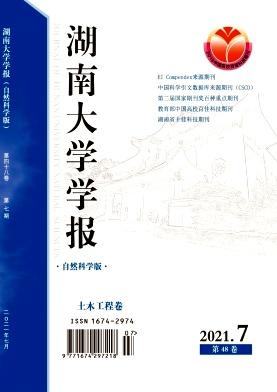Recycling the Leftover Fabrics for Use in Lining Surfaces as Heat Insulators for Hot Areas
引用次数: 0
Abstract
The study is based on the descriptive experimental method, where the research deals with the creation of a new type of surface insulator and its use as a heat insulator, where the remnants of fabrics and threads are used with paper pulp of different thicknesses to determine the extent of their ability to heat insulation. The two researchers prepared the study samples represented in non-woven with a thickness of 3 cm - 2 cm - 1.5 cm. The research objective lies in highlighting the role of recycling yarns and fabric remnants in reflecting ultraviolet rays, insulating heat, and determining the most appropriate thickness to getting the highest thermal insulation. The results were obtained with a thermal conductivity meter with hot square technology. There is a difference in the value of the thermal conductivity coefficient of the samples according to the thickness used. The higher the thickness of the sample, the lower the coefficient of thermal conductivity, and thus, the higher the thermal insulation value. The results of the thermal conductivity coefficient of the samples under study were, in general, significantly low, which indicates the success of the samples in isolating the surfaces well, as the value was between 0.032 and 0.0178. From here, it is possible to benefit from paper and fabric waste in the material savings resulting from the use of air conditioning devices and high-priced insulators. This is an attempt by the two researchers to save electricity consumption, which increases when air conditioners are used in places with high temperatures for a long time.回收用于衬里表面的剩余织物作为热区的隔热材料
这项研究基于描述性实验方法,研究涉及一种新型表面绝缘体的制造及其作为隔热材料的使用,将织物和丝线的残余物与不同厚度的纸浆一起使用,以确定其隔热能力的程度。两位研究人员制备了厚度为3厘米-2厘米-1.5厘米的非织造布研究样品。研究目标是强调回收纱线和织物残留物在反射紫外线、隔热方面的作用,并确定获得最高隔热效果的最合适厚度。结果是用热方技术的热导率计获得的。根据所使用的厚度,样品的导热系数的值存在差异。样品的厚度越高,导热系数越低,因此隔热值越高。研究中的样品的导热系数结果通常非常低,这表明样品在很好地隔离表面方面取得了成功,因为该值在0.032和0.0178之间。从这里开始,使用空调设备和高价绝缘体可以节省纸张和织物的材料。这是两位研究人员为节省电力消耗而进行的尝试,当空调在高温地区长时间使用时,电力消耗会增加。
本文章由计算机程序翻译,如有差异,请以英文原文为准。
求助全文
约1分钟内获得全文
求助全文

 求助内容:
求助内容: 应助结果提醒方式:
应助结果提醒方式:


